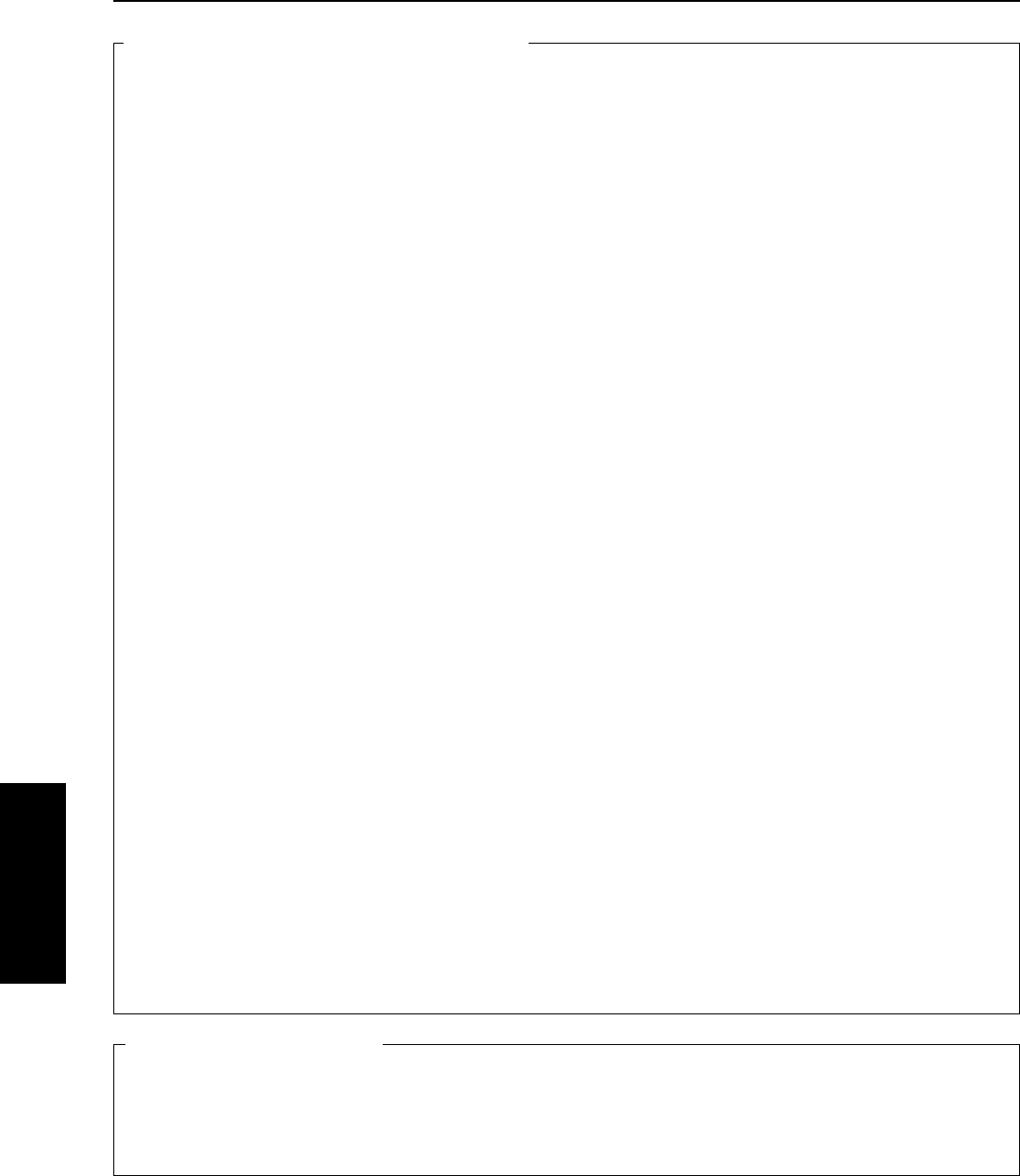
Part III Sequencer
56
QQTG0701
Sequencer
RECORD & EDIT
These functions are recording and editing
operations used for creating a new perfor-
mance.
REALTIME RECORD (page 59)
Record each part of your performance just
as you play it on the keyboard.
PUNCH RECORD (page 64)
Correct a selected portion of your recorded
performance.
STEP RECORD (page 65)
Store the sounds note-by-note on the dis-
play.
• You can also store the chord, control or rhythm pro-
gression for the AUTO PLAY CHORD.
TRACK ASSIGN (page 70)
Assign parts to tracks.
QUANTIZE (page 71)
Correct the timing of your performance.
SONG SELECT (page 64)
Select a song.
SONG CLEAR (page 72)
Erase all the recorded data of a song.
TRACK CLEAR (page 72)
Erase the contents of a specific track.
NOTE EDIT (page 73)
Store and correct performance (NOTE)
data on a piano roll display.
DRUM EDIT (page 74)
Store and correct DRUMS part data on a
special display.
COPY & PASTE
Copy recording data and paste it to the
desired location.
TRACK COPY (page 75)
Copy data of specific tracks.
SONG COPY (page 75)
Copy data of specific songs.
TRACK MERGE (page 76)
Merge the recorded contents of two tracks
and store in a third track.
TRACK CLEAR (page 72)
Erase the contents of a specific track.
SONG CLEAR (page 72)
Erase all the recorded data of a song.
MEASURE COPY (page 76)
Copy the contents of specific measures.
MEASURE ERASE (page 76)
Erase the contents of specific measures.
MEASURE DELETE (page 77)
Delete specific measures from the perfor-
mance.
MEASURE INSERT (page 77)
Insert additional measures in the perfor-
mance.
APC TO SMF CONVERT (page 78)
Save automatic accompaniment patterns
data in a Standard MIDI File (SMF).
RANGE EDIT
Change the note position etc. in the recorded
data.
QUANTIZE (page 71)
Correct the timing of your performance.
NOTE CHANGE (page 78)
Change the pitch of specific notes.
VELOCITY CHANGE (page 79)
Modify the recorded velocity (how hard the
keyboard was played) of performance data.
TRANSPOSE (page 79)
Change the key of the performance data.
ADVANCE/DELAY (page 79)
Speed up or delay the sound production of
performance data.
Summary of the SEQUENCER menu items
The measure count on the display corresponds to the time signature of the selected rhythm. However,
if rhythm data is stored in the RHYTHM part and that part is played back, the measure count on the dis-
play corresponds to the stored rhythm data. (Refer to page 69.)
• If you wish to use a time signature not available in the preset rhythms, use the COMPOSER to create a new time signature.
(Refer to page 82.)
About the measure count
08_Part III.fm 56 ページ 2003年5月20日 火曜日 午前8時14分


















